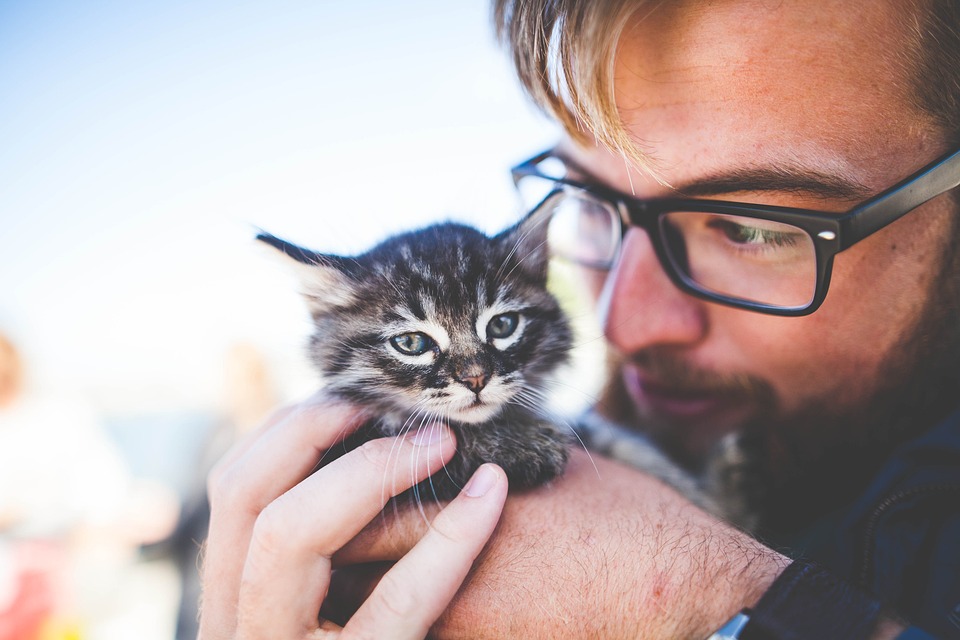Article: Understanding Your Cat’s Body Language for Early Illness Detection
Introduction:
As a responsible pet owner, it’s crucial to be attentive to your cat’s health and well-being. While cats may not communicate in the same way as humans do, they have their unique body language that can provide valuable insights into their overall health. By understanding and interpreting your cat’s body language, you can detect potential signs of illness early and seek appropriate veterinary care. In this article, we will explore the various body language cues that cats exhibit when they are unwell, helping you become a proactive caregiver for your feline companion.
I. Common Body Language Cues for Illness:
1. Changes in Posture:
a. Slumped or Hunched Position: An indication of pain or discomfort.
b. Abnormal Stiffness: Could suggest joint or muscle problems.
2. Altered Grooming Habits:
a. Excessive Grooming: May signal anxiety, skin issues, or parasitic infestation.
b. Decreased Grooming: A possible sign of pain or decreased mobility.
3. Altered Eating and Drinking Habits:
a. Increased or Decreased Appetite: Can indicate various health conditions.
b. Unusual Drinking Habits: Excessive thirst may point to kidney or metabolic issues.
4. Changes in Sleep Patterns:
a. Increased Sleep: Could suggest fatigue or underlying health problems.
b. Restlessness and Insomnia: May be indicative of stress or discomfort.
5. Vocalization Changes:
a. Excessive Meowing: Could signal distress, pain, or cognitive decline.
b. Unusual Silence: A sudden lack of vocalization may indicate illness or injury.
II. Facial and Body Expressions:
1. Eye Language:
a. Dilated Pupils: May indicate fear, stress, or pain.
b. Squinting or Half-Closed Eyes: Suggestive of discomfort or eye problems.
2. Ears and Tail Position:
a. Flattened Ears: Could signify fear, aggression, or pain.
b. Low or Twitching Tail: May indicate anxiety, discomfort, or nervousness.
3. Body Posture and Tail Position:
a. Arched Back: Often a sign of aggression or pain.
b. Tucked Tail: Indicates fear, anxiety, or submission.
III. Frequently Asked Questions (FAQs):
Q1. How can I differentiate between normal grooming and excessive grooming?
A1. Excessive grooming often leads to bald patches, skin irritations, or even sores. If you notice these signs or if your cat spends an excessive amount of time grooming, consult your veterinarian.
Q2. Why is excessive meowing a cause for concern?
A2. Excessive meowing can indicate various issues such as pain, cognitive decline, or even attention-seeking behavior. If your cat’s meowing pattern changes significantly, it’s advisable to have them examined by a vet.
Q3. Should I be worried if my cat sleeps more than usual?
A3. While cats are known for their love of napping, a significant increase in sleep duration or sudden changes in sleep patterns might be a sign of an underlying health issue. Consulting your veterinarian is advisable in such cases.
Q4. Is it normal for a cat’s tail to twitch occasionally?
A4. Occasional tail twitching is usually harmless and can be a sign of excitement. However, persistent or abnormal twitching could be indicative of anxiety or discomfort, requiring further investigation.
Conclusion:
By understanding your cat’s body language, you can become more attuned to their health and well-being. Regularly monitoring their behavior and promptly addressing any changes can help ensure early detection of potential illnesses. Remember, while this article provides a general overview, consulting with a veterinarian is essential for accurate diagnosis and appropriate treatment for your beloved feline companion.








